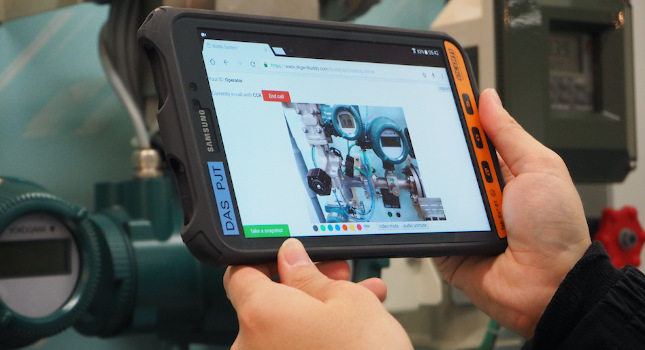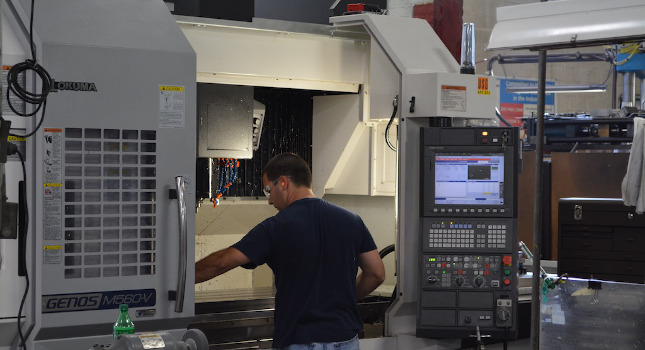The Consumer Electronics Show has come to a close once again and the major TV manufacturers had a chance to showcase their best products and what will be setting the trend for televisions this year.

The Consumer Electronics Show has come to a close once again and the major TV manufacturers had a chance to showcase their best products and what will be setting the trend for televisions this year. After a not as good as expected 2011, TV manufacturers are relying on new or improved technologies and features to recover the TV market and bring back global TV set unit sales to growth. Specifically 3DTVs, OLED TVs and Connected TVs could help drive sales during the next few years, but which one has the potential to revive the TV market?
3DTVs had a great presence on the floor, with active shutter glasses getting lighter and less bulky to compete against the more comfortable polarized glasses. TV manufacturers are increasingly incorporating this feature in more of their TV set lineups, but even though 3D content availability is growing, we’re still far from having a compelling offering that can drive mass TV sales.
We also had the opportunity to admire 55’’ OLED TVs from LG Electronics and Samsung. This colorful razor thin TV has a lot of potential, but we’ll have to wait until later this year for this product to hit store shelves and we expect for it to be sold at a high premium. IMS Research forecasts that the adoption of this technology will be minor during the next 5 years.
One word resonated more than others during this year’s CES: “Connectivity.” It was clear that 2012 will be all about how many devices the consumer can connect to a home network and how easily they can share content across multiple devices. For TV sets it was no different. Connected TV sets have been in the market since 2009, but with the imminent threat of Apple entering the TV market and Microsoft sneaking its way into the living room with the Xbox 360, TV manufacturers are stepping up to improve their offering and are looking for ways to differentiate themselves with features such as advance user interfaces (voice, motion and gesture).
This year could also represent a second chance for Google TV. Since it first launched, Google TV has only been available on Logitech Revue and Sony’s Internet Connected TV and Blu-ray, with no success due to an unfriendly UI and lack of content. However, late last year Google upgraded its Google TV platform with Android 3.1 (otherwise known as Honeycomb), allowing access to the Android Market and a variety of applications. Logitech’s recent exit from the deal does not doom Google TV, which announced three new partners during CES: Samsung, LG Electronics and Vizio. If Apple does successfully enter the TV set market and major brands support Google TV, this could rapidly turn into the battle of operating systems, similar to what we see today with smartphones and tablets.
So what will drive TV sales during the next five years? Previous findings from IMS Research’s “TV Set Shipments and Forecast Database” show that TV set sales in developed regions are declining or stabilizing. Consumers need a compelling reason to either replace one of their televisions, most likely the one in the living room, or to add an additional TV set in their home. With the increased awareness and demand for over-the-top video and the accelerating worldwide broadband penetration, internet connected TV sets and the so called “Smart TVs” (those with more advanced features and browsing capabilities) could be the key catalyst that will revive the TV market in developed regions and continue to boost sales in emerging markets. IMS Research’s upcoming “Connected TV Sets” report will take a more in-depth look at this trend.



